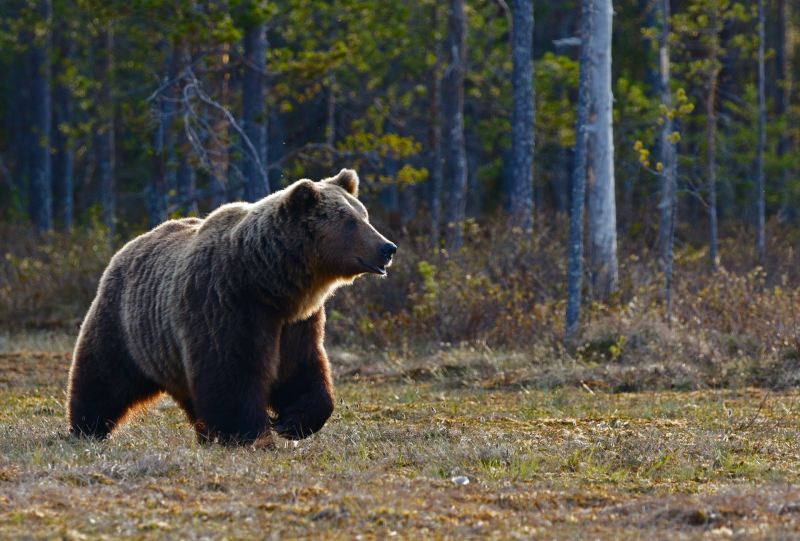
When wildlife photographer Aaron Teasdale set up his camera to capture the release of a grizzly bear back into the wild, he wasn’t counting on the bear having other ideas. It’s not every day that we witness a grizzly bear attack firsthand. We understandably try to avoid an encounter becoming an attack, and people encountering a grizzly in the wild are too preoccupied to think about their Instagram followers. While we might have seen these majestic creatures moving across the plains and even chasing down prey, this new video shows what it would be like to experience a grizzly bear attack. I’ll give you a hint: it would be pretty darn terrifying.
Hikers and outdoors people across the U.S. know how dangerous bears can be. These furry menaces have shut down trails already this summer, and this bear in question was being relocated after a bout of getting into chicken coops. Teasdale expected the bear to leave the trailer and run straight toward the water — and freedom — but the grizzly had other plans. Instead, it decided to exact its revenge on the humans who had dared to trap and move it. Watch the video below to see how fast a bear attack can happen.
How fast can grizzly bears attack?
You’ve seen the video. It’s fast. Despite their size and hulking walk, grizzly bears can reach up to thirty-five miles per hour. For reference here, when Usain Bolt set the 100-meter world record, he topped out at around 23 mph, so if you think you could outrun a grizzly, think again. It’s not just a crazy top speed either; these bears can burst out of the traps with explosive power and speed — look at how fast the grizzly in the video leaves the trap.
The good news is that bears are generally not aggressive toward humans. The bear in this video released some pent-up energy and rage and took it out on the — fortunately — unmanned camera. That said, accidentally startling a bear or getting between a mother bear and her cubs could be enough to instigate this behavior from a grizzly. As a wildlife photographer, avid thru-hiker, camper, or anyone who likes to hang out in the backcountry where these bears make their home, you should be prepared and aim to minimize the risk of ending up like this camera. Here are some steps you can follow to avoid seeing this sight in real life:
- Make noise to alert bears to your presence in their territory.
- Hike in a group rather than alone.
- Store your food in a way that doesn’t attract wildlife to your camp.
- Be ready to identify a black or brown bear and know what to do in the event of a bear attack.
- Carry bear pepper spray and be ready to use it.
- Whatever you do, don’t try to outrun a bear.



